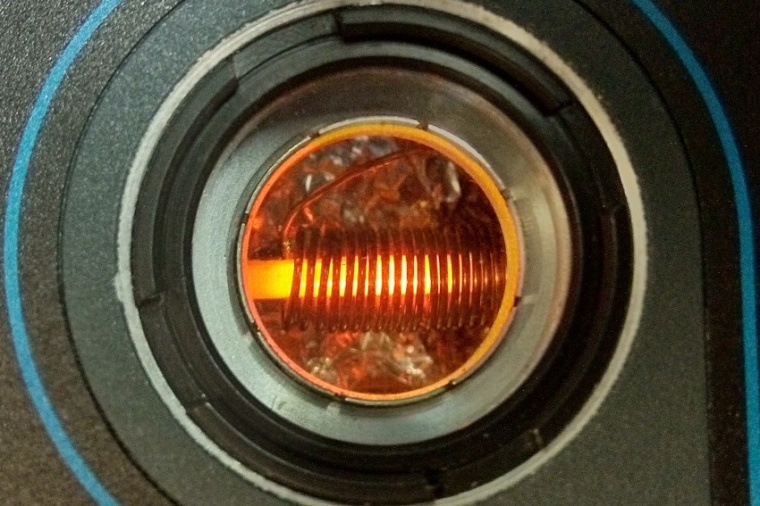New world record for qubit storage
Long-duration quantum memories for photonic qubits are essential components for achieving long-distance quantum networks and repeaters.
Quantum physics is opening up new fields of research in cryptography with the aim of developing ultra-secure telecommunications networks. There is one obstacle, however: after a few hundred kilometers within an optical fiber, the photons that carry the qubits disappear. They therefore need repeaters, which are partly based on a quantum memory. By managing to store a qubit in a crystal for 20 milliseconds, a team from the University of Geneve has set a world record and taken a major step towards the development of long-distance quantum telecommunications networks.

Quantum theories are now at the heart of much research in cryptography. Quantum theories make it possible to guarantee perfect authenticity and confidentiality for information when it is transmitted between two interlocutors by a photon within an optical fiber. The phenomenon of superposition let the sender know immediately whether the photon conveying the message has been intercepted. But beyond a few hundred kilometers, the photons are lost and the signal disappears. Since the signal cannot be copied or amplified – it would lose the quantum state that guarantees its confidentiality – the challenge is to find a way of repeating it without altering it by creating repeaters based on a quantum memory. In 2015, the team led by Mikael Afzelius of the Department of Applied Physics at the Faculty of Science of the University of Geneva, succeeded in storing a qubit carried by a photon for 0.5 milliseconds in a crystal. This process allowed the photon to transfer its quantum state to the atoms of the crystal before disappearing. However, the phenomenon did not last long enough to allow the construction of a larger network of memories.
Today, within the framework of the European Quantum Flagship program, Mikael Afzelius’ team has managed to increase this duration significantly by storing a qubit for 20 milliseconds. “This is a world record for a quantum memory based on a solid-state system, in this case a crystal. We have even managed to reach the 100 millisecond mark with a small loss of fidelity”, enthuses the researcher. As in their previous work, the scientists used crystals doped with europium, capable of absorbing light and then re-emitting it. These crystals were deeply cooled because beyond 10 K, the thermal agitation of the crystal destroys the entanglement of the atoms. “We applied a small magnetic field of one thousandth of a Tesla to the crystal and used dynamic decoupling methods, which consist in sending intense radio frequencies to the crystal. The effect of these techniques is to decouple the rare-earth ions from perturbations of the environment and increase the storage performance we have known until now by almost a factor of 40,” explains postdoc Antonio Ortu. The results of this research constitute a major advance for the development of long-distance quantum telecommunications networks.
However, there are still several challenges to be met. “The challenge now is to extend the storage time further. In theory, it would be enough to increase the duration of exposure of the crystal to radio frequencies, but for the time being, technical obstacles to their implementation over a longer period of time prevent us from going beyond 100 milliseconds. However, it is certain that these technical difficulties can be resolved,” says Mikael Afzelius. The scientists will also have to find ways of designing memories capable of storing more than a single photon at a time, and thus of having entangled photons which will guarantee confidentiality. “The aim is to develop a system that performs well on all these points and that can be marketed within ten years,” concludes the researcher. (Source: UNIGE)
Link: Quantum Repeaters & Memories, Dept. of Applied Physics, University of Geneva, Geneva, Switzerland










